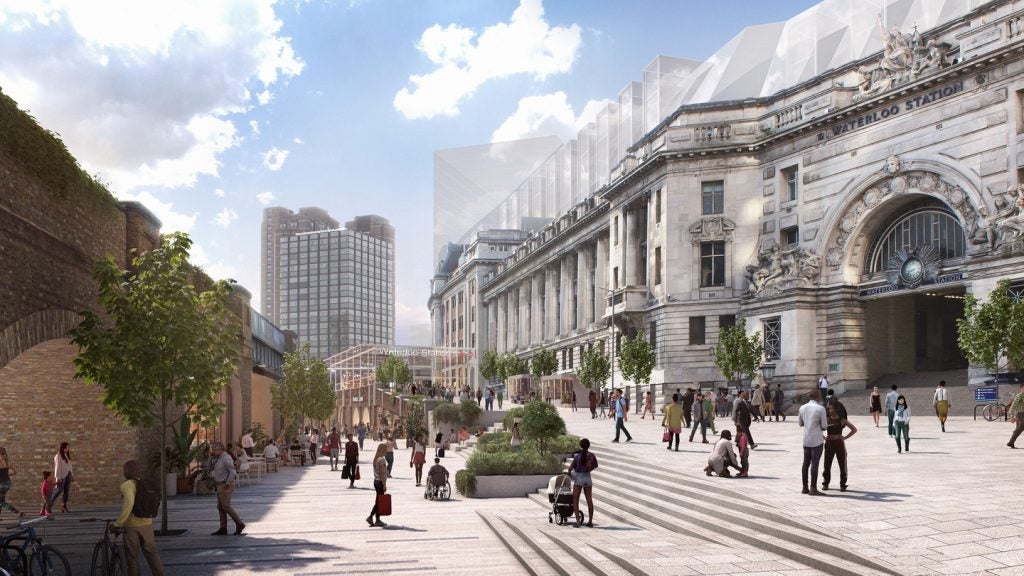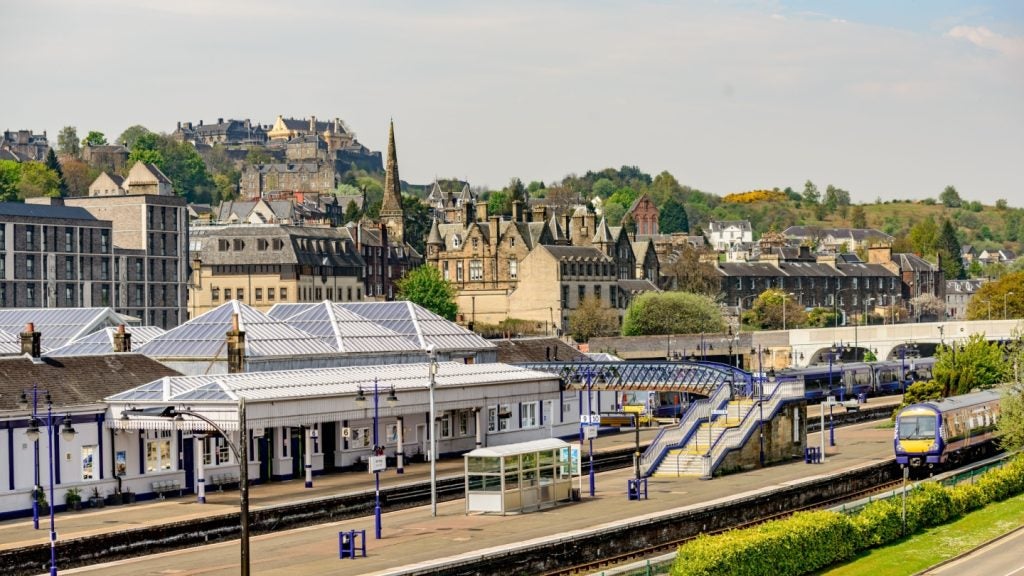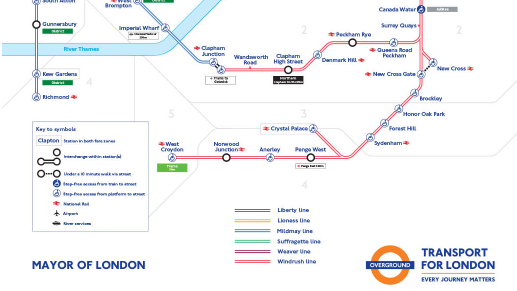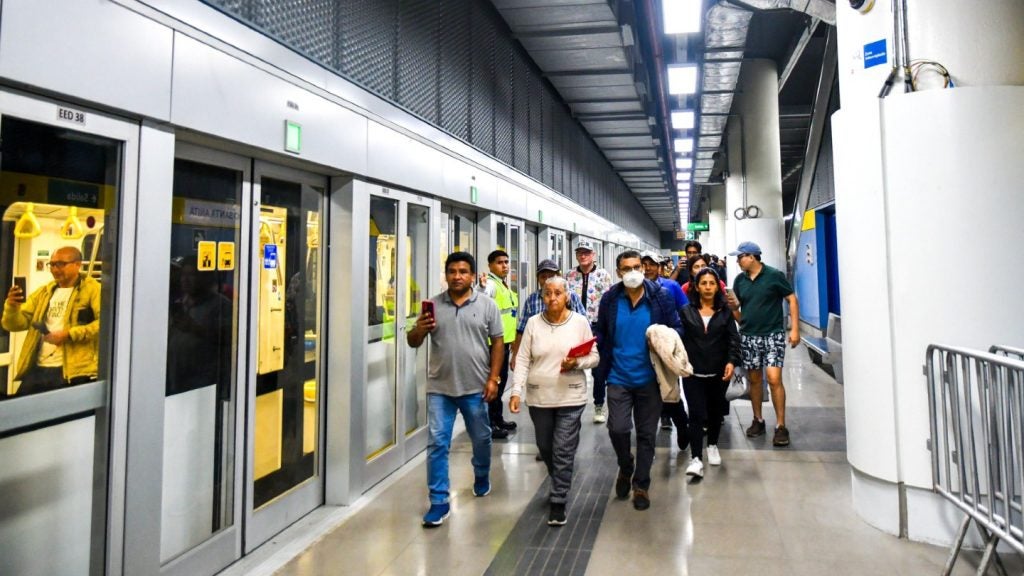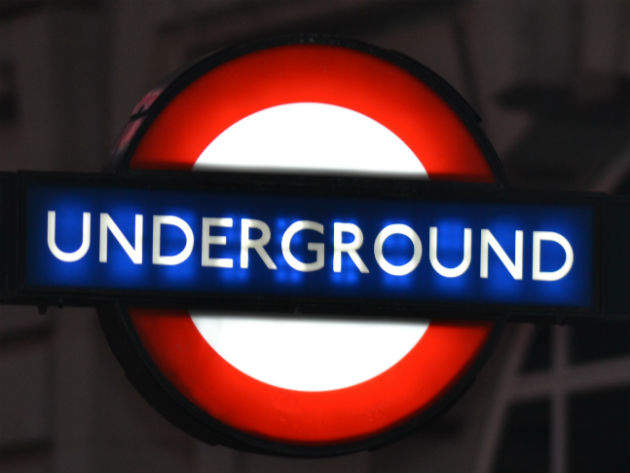

“There are only so many times you can go to bed with headphones on and earplugs in; it's just not a way to live your life,” says Ian Kitson, a resident in Marylebone, central London. Kitson is discussing the issue of noise from the capital’s underground network, which last August introduced its first-ever 24-hour services – the Night Tube.
Kitson says the noise has reached such a level that he has had to leave his property: “The first night we moved out we realised how much we had put up with. As much as it is a stressful thing [moving], we've got to put our health first. We obviously hope that this thing can get resolved and we can move back in.”
For Kitson, the problem is the Jubilee line, which launched night services in October. He says this was the “trigger point”, as at night “there is no background noise”. “I don't know anyone who wants 40-45 decibels (dB) going under their pillow every 15 minutes,” he says. “It fundamentally affects your life, your sleep patterns and, therefore, your health.”
Free the night-time economy
Much of the coverage of the Night Tube has focused on the economic benefit derived from people staying out later, spending more in the bars and clubs, without the concern of how to get home. London now has its first ‘night tsar’, Amy Lamé, to act as an ambassador-of-sorts and push the idea of a 24-hour city. In fact, the London Assembly lists one of her duties as “using the Night Tube as an opportunity to broaden and boost London’s evening and night-time economy”.
See Also:
However, this economic feel-good factor has, to some extent, masked some of the difficulties that arise when running trains for longer periods. In February 2016, a Transport for London (TfL) report found that increased night services could cause a “reduction in quality of life of residents through disturbed sleep”. It even mentioned “threats of suicide”, as well as an increase in complaints from residents and damage to its reputation.
How well do you really know your competitors?
Access the most comprehensive Company Profiles on the market, powered by GlobalData. Save hours of research. Gain competitive edge.

Thank you!
Your download email will arrive shortly
Not ready to buy yet? Download a free sample
We are confident about the unique quality of our Company Profiles. However, we want you to make the most beneficial decision for your business, so we offer a free sample that you can download by submitting the below form
By GlobalDataAt the time, a spokesperson for London Underground (LU) said: “We have completed a massive programme of preparatory work to fix potential problems before they arise, including hundreds of kilometres of rail grinding to make sure the track is in top condition. We’re confident residents won’t be disturbed.” For Kitson, this has not proven true. And he is not alone.
‘It is affecting my health’
In March, the London Assembly’s environment committee convened a tube noise debate with local residents and representatives from LU.
Richard Collins of the Barbican Association Working Group was present at the meeting and says noise has been an issue for some Barbican residents since “at least” the early 1990s. “The noise is generated by a crossover at the western end of Moorgate station,” he says. “This is directly underneath some Barbican homes.”
Collins adds that LU’s most recent noise measurements recorded sounds levels of 52dB within some homes. This area is served by the Circle, Hammersmith & City, and Metropolitan lines, also known as subsurface lines, which are yet to join the Night Tube.
Also at the meeting was Luce Jacovella, from Euston, whose difficulties stem from the Victoria and the Northern lines. “I have been living in my property for over nine years without any reason for complaint,” she told the assembly. “This changed, sadly, on 13 August 2016, just a week before the launching of the Night Tube.”
Jacovella added that, at one point, the noise reached 52dB, but that “the nights are getting even worse”. She continued: “It is affecting my health, my work and my life. My health has deteriorated to the point that my general practitioner has asked me to move out, and my property is simply unfit to live in. Basically, I am paying a mortgage and [am] homeless.”
Razana Yoosuf, who lives in Mornington Crescent, which is on the Charing Cross branch of the Northern line, told a similar story: “In my home, in my basement, which is my living area, it is relentless. Every couple of minutes, I hear these trains going up and down.” Yoosuf’s own readings suggest levels of 53dB. “I have never had a problem sleeping before but I do now,” Yoosuf said. “Some of [my] neighbours have complained about anxiety.”
The World Health Organisation’s (WHO) guidelines for night noise recommend levels of less than 40dB; "I'm not saying that health problems have been directly caused by the noise,” says Collins, “but, what we do know is that the noise exceeds those guidelines.”
TfL: we appreciate size of task

However, TfL does not work to specific limits. Duncan Weir, LU’s head of operational upgrades & asset development, told the environment committee the organisation “treats each complaint individually”, adding, “we do not set a limit on noise”.
Andrew Dismore, London Assembly member for Barnet and Camden, repeatedly pushed Weir on this, at one point claiming, “from all the stuff I have seen and all the complaints I have seen, 50dB seems to be a working limit that you are using”. Weir insisted this is not the case.
“If I adopted the WHO figures, I could probably exclude a certain number of people’s complaints, but that is not actually addressing the issue,” added Weir.
TfL was unable to provide an interview for this article but in a statement, Brian Woodhead, operations director for LU, said: “We understand how important it is to minimise noise for our neighbours and we are doing what we can to reduce it.
“Our team of engineers dedicated to decreasing tube noise carried out a huge programme of preparatory work ahead of the launch of the Night Tube, replacing and grinding over 500km of track and introducing new, resilient track fastenings and shock absorbent fixings, which help reduce the sound when trains run over them. I would urge anyone worried about noise to get in touch with us so we can investigate and work out how we can mitigate the noise most effectively.”
Residents, nevertheless, are upset. They claim TfL has been too slow to respond and criticise their communication, or lack thereof. Some feel that their complaints have somehow slipped through the net.
Grinding and new trials
In response to those who have suffered a sudden change in circumstances, with noise becoming a concern in only the last few months or years, Weir suggested it could be because of a switch from wooden to concrete sleepers.
On a wider scale, and as already mentioned above, TfL has and continues to undertake significant rail grinding to improve the condition of track, as well as fitting other applications to help absorb the noise, all within the limited timeframe it has for engineering works.
Moreover, the organisation is trialling a spray-on solution known as Quietrail at Woodford, on the Central line. TfL believes it could reduce noise by 6dB to 7dB and is open to the possibility of testing it in other areas in the future.
The company also says it recognises that excessive noise is not acceptable, and Weir confirmed he and his team are looking at every available engineering remedy to bring it down. “I think they are now stepping up,” says Kitson, who is hopeful that he will be able to return to his property sometime in the near future. Reasons for cautious optimism, but the frustrations of many residents remain.
The Night Tube has been hailed for bringing London in line with the handful of other major cities that operate some configuration of 24-hour service, such as New York, Copenhagen and Berlin. Even so, it has evidently not been an unqualified success for all.



